A strong website is essential for small businesses to attract and retain customers. A well-designed website not only represents your brand but also serves as a foundation for digital success.
What Web Design Can Do for You
Web design services for small businesses create visually engaging, user-friendly sites that attract visitors and encourage them to take action. A professional web design is an investment in your brand’s online presence. Here’s how web design can benefit small businesses:
- Create a Strong First Impression: A visually appealing, professional site builds credibility and sets the tone for your brand.
- Improve User Experience and Navigation: Effective web design ensures visitors can easily find information, keeping them engaged.
- Enhance Mobile Compatibility and Accessibility: A responsive design ensures a seamless experience for all users, regardless of device.
- Increase Conversions and Drive Revenue: Strategic web design encourages users to take action, supporting sales and lead generation.
- Build a Platform for Future Growth: Your website serves as a hub for all digital marketing efforts, growing with your business.
Browse Our Web Design Blog for Small Business Tips
Our blog covers essential web design tips for small businesses, including user experience insights, design trends, and strategies to attract and convert visitors.
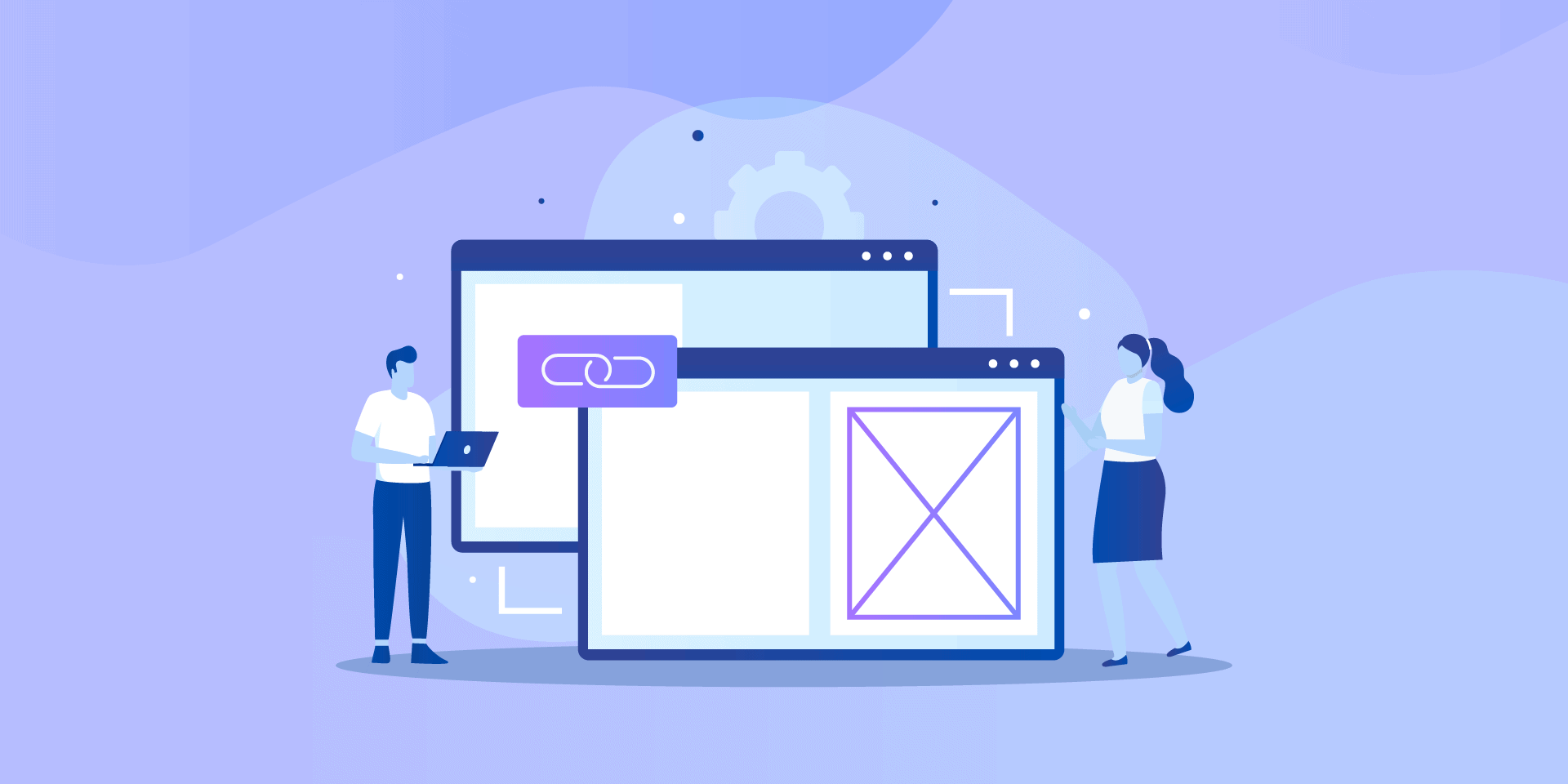
What Are Anchor Tags?
Anchor tags are a fundamental component of HTML coding, serving as the backbone of web page navigation. They hold the keys to interconnecting diverse web pages, whether they're internal or external links. If you've ever clicked a hyperlink that led you to a different section of the same page or even…
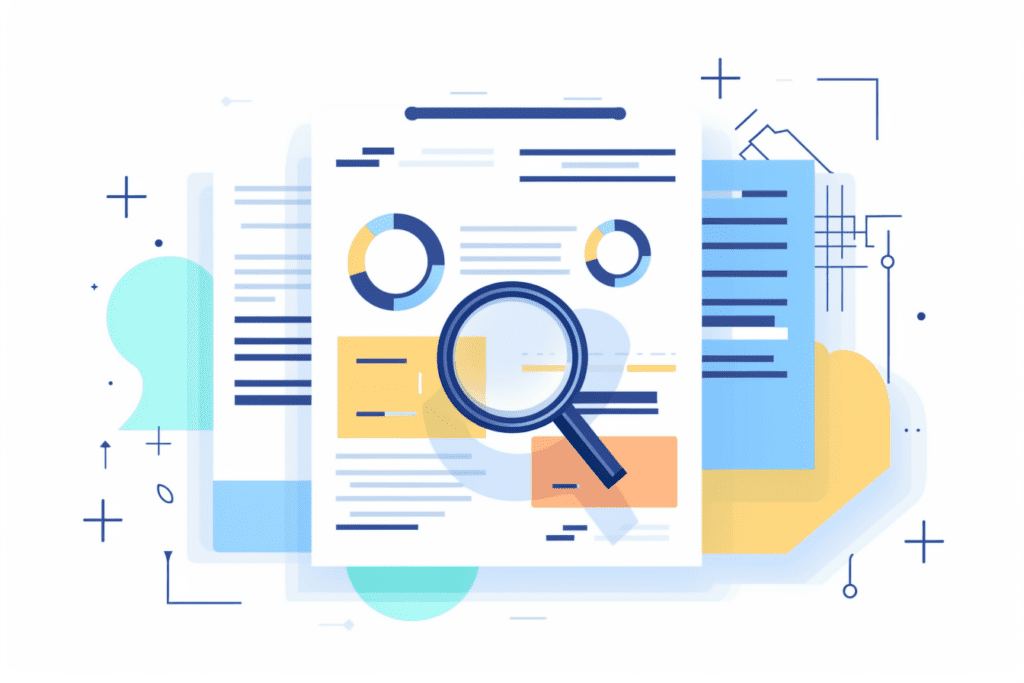
What Is Structured Data?
Structured data, a term that may sound somewhat enigmatic, is, in reality, a crucial component of our digital world. The invisible engine powers our online experiences, from web searching and online shopping to data analysis and AI applications. But what exactly is structured data, and why is it important in…
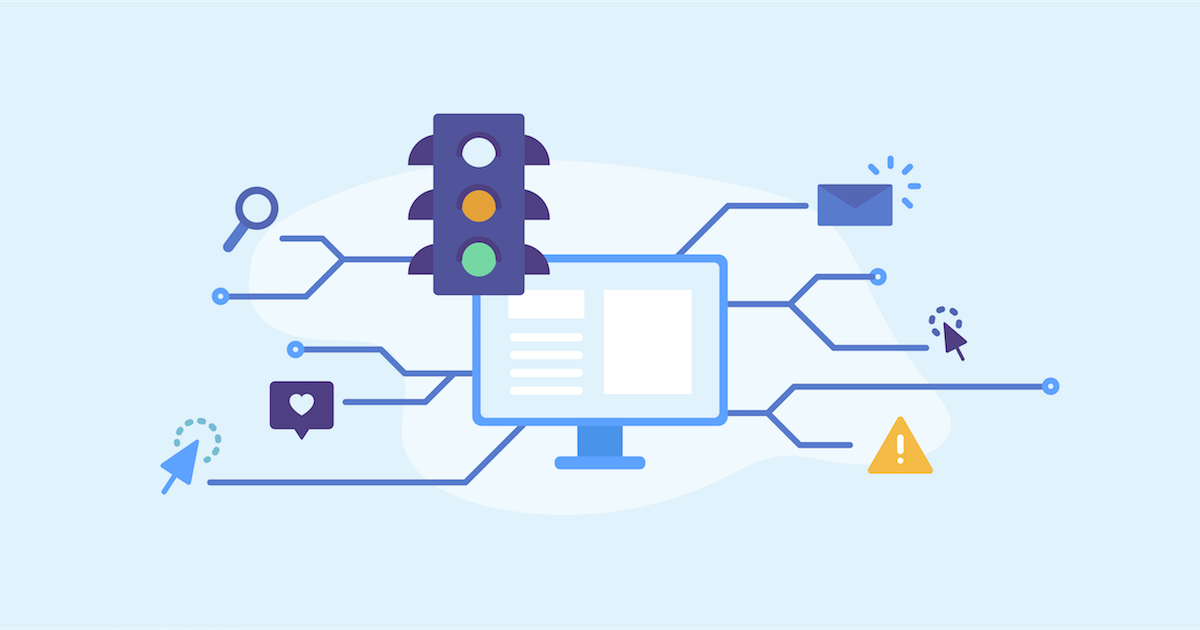
Analyzing Website Traffic (and How To Understand It!)
According to HubSpot’s 2023 State of Inbound Marketing Report, 54% of marketers name website traffic as their most important metric when evaluating the success of their campaigns. This statistic underscores a simple truth: analyzing web traffic isn’t just a numbers game, it’s a direct window into audience engagement, user behavior,…
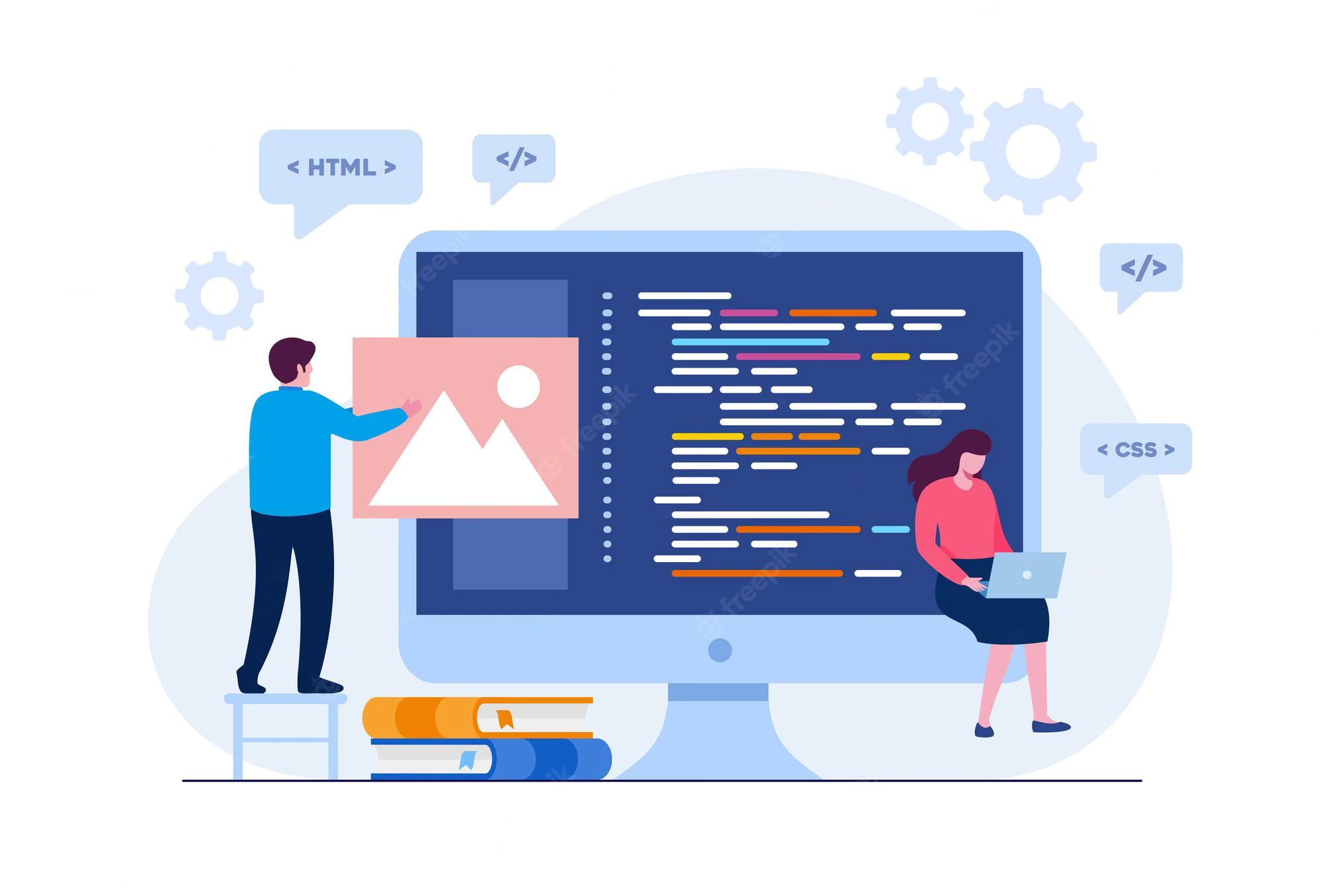
How Custom Web Design Services For Small Businesses Help Your Business Grow
A business's online presence can make or break its success, particularly for small businesses aiming to expand their reach. Leaping custom web design services can provide a significant boost, setting your business apart from competitors and creating a unique, engaging experience for your customers. This blog post will delve into the transformative…
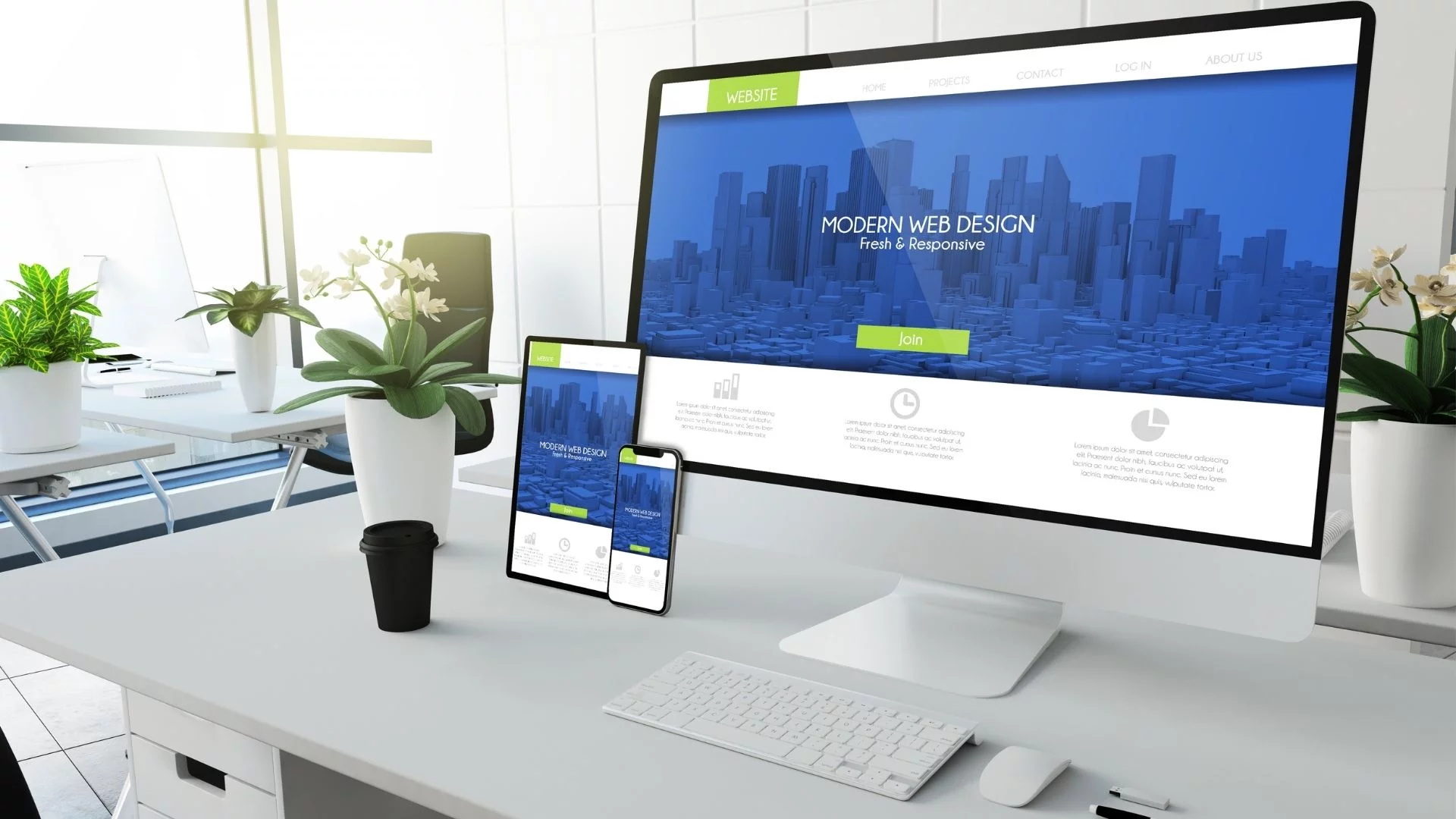
Web Design Features To Include And Exclude In Your Next Project
Building a functional and visually appealing website is both an art and a science. Your website acts as the online face of your brand. As a business owner or brand manager, it's paramount to understand which web design features can make your site stand out and which ones to steer clear of.…

3 Best Practices For Web Design For Small Businesses
The digital era has significantly changed how businesses present themselves online. A company's website is now its first impression, and with the growing demand for digital presence, the art of website design has never been more crucial. Here, we'll delve into some common mistakes that can hinder a website's success…
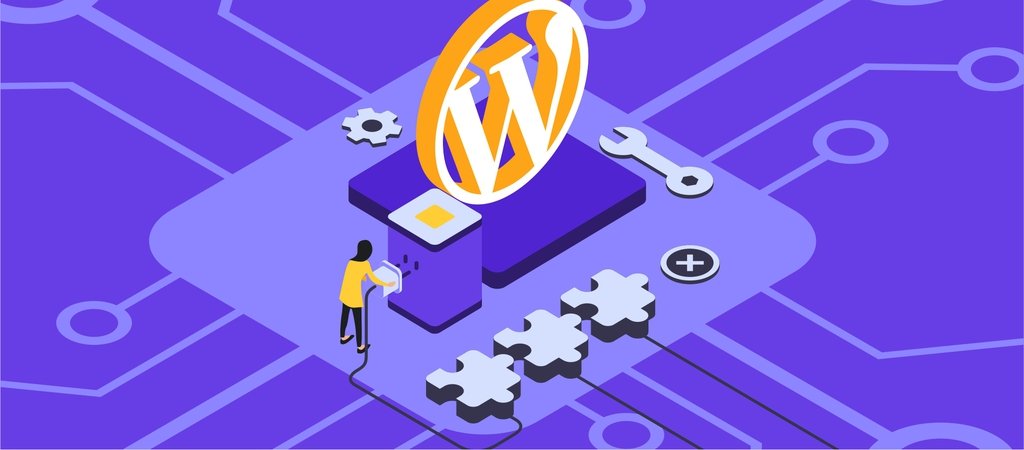
6 Must-Have WordPress Plugins for Every Site
WordPress has now eclipsed 60,000 free plugins available to help your website. The question is: What plugins help my site? We are going to give you 6 plugins that we install in every site we develop for our clients, as part of our Custom WordPress Development Services, that we think can immediately…
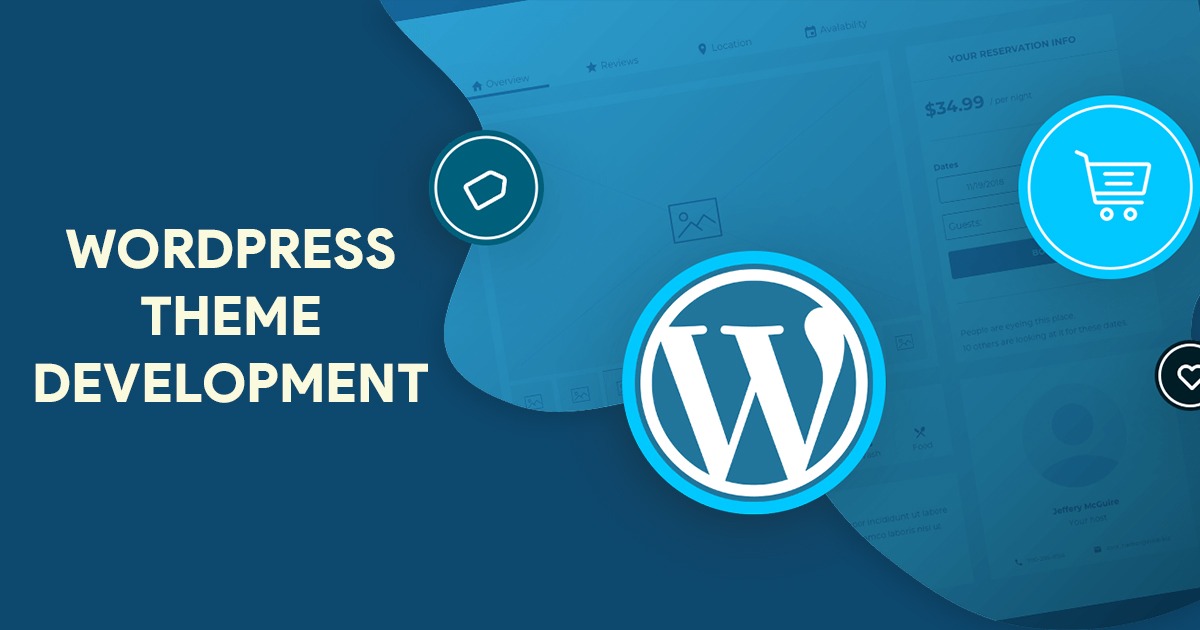
WordPress Theme Development Basics: The Required Files
Creating a unique and tailored website is crucial in today's digital landscape, where first impressions matter more than ever. Did you know customized websites can boost conversion rates by up to 200%? WordPress, a platform that powers over 40% of the internet, offers incredible flexibility and ease of use, making…

10 Successful E-Commerce Features Every Website Needs
Starting a business is tough. Deciding on the right e-commerce website features for your business shouldn't be. It gets more challenging when you have to spend hours figuring out the right platform for your business, how you want to present your business to potential customers, and how you get those…
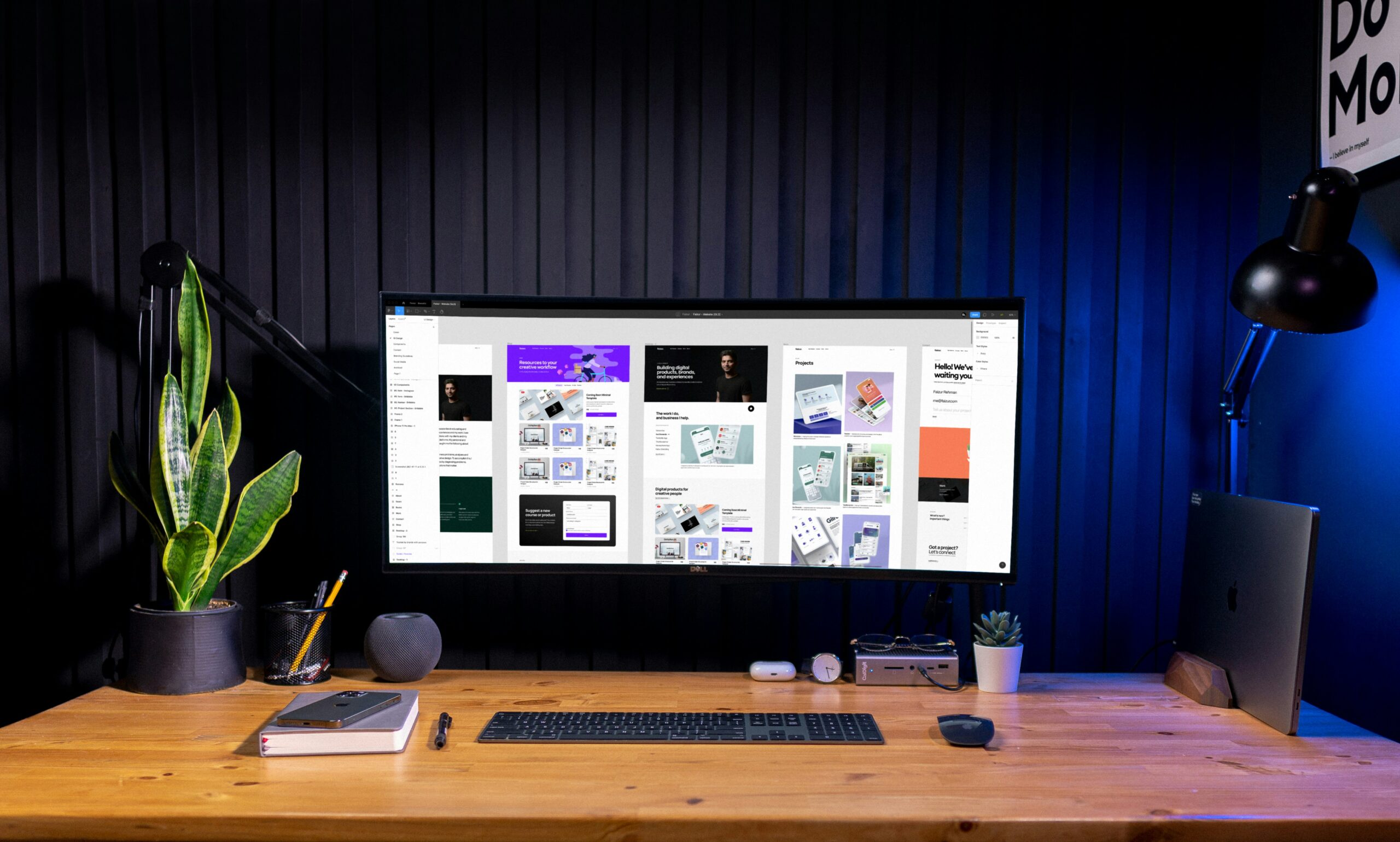
The 5 Most Popular Open Source Front End UI Kits
Front-end frameworks are every developer’s best friend. You get thrown into situations where you need to be able to generate a website quickly and professionally, even if the client has no direction on where to start. Front End UI kits offer a solution by providing pre-designed components that simplify the…